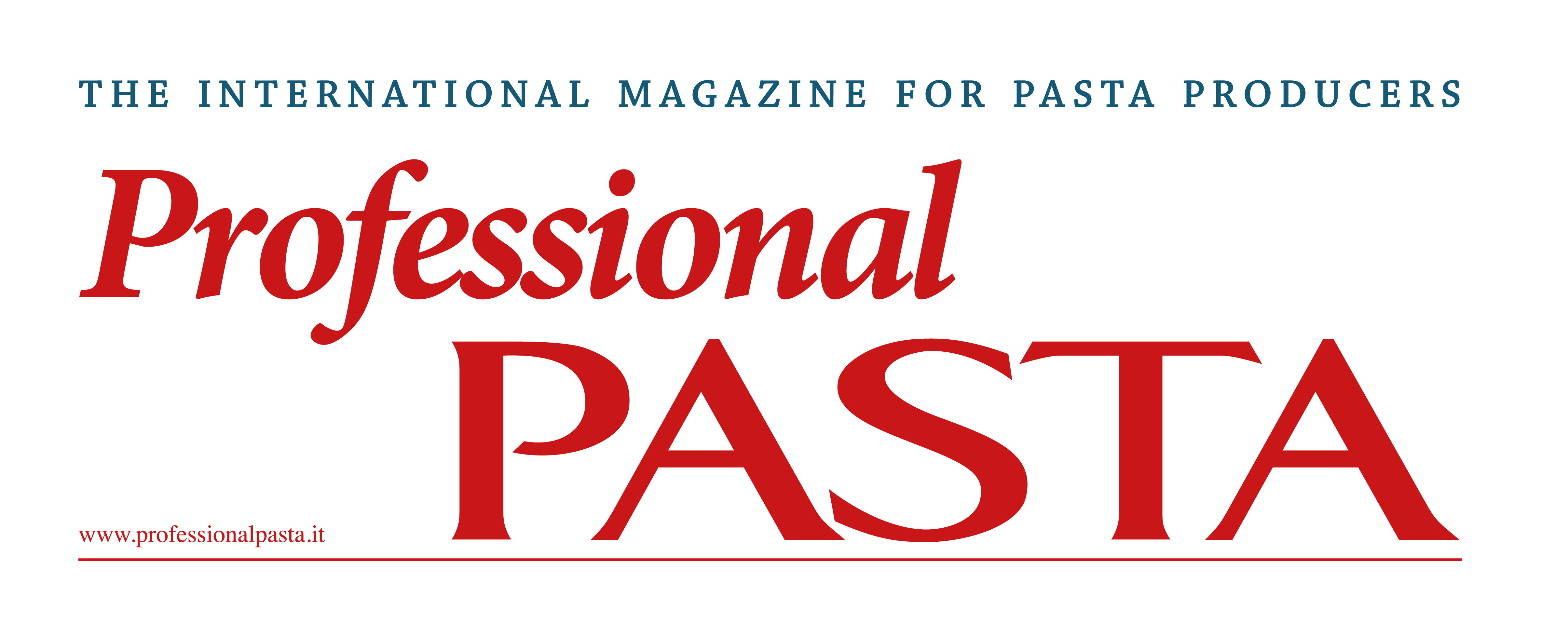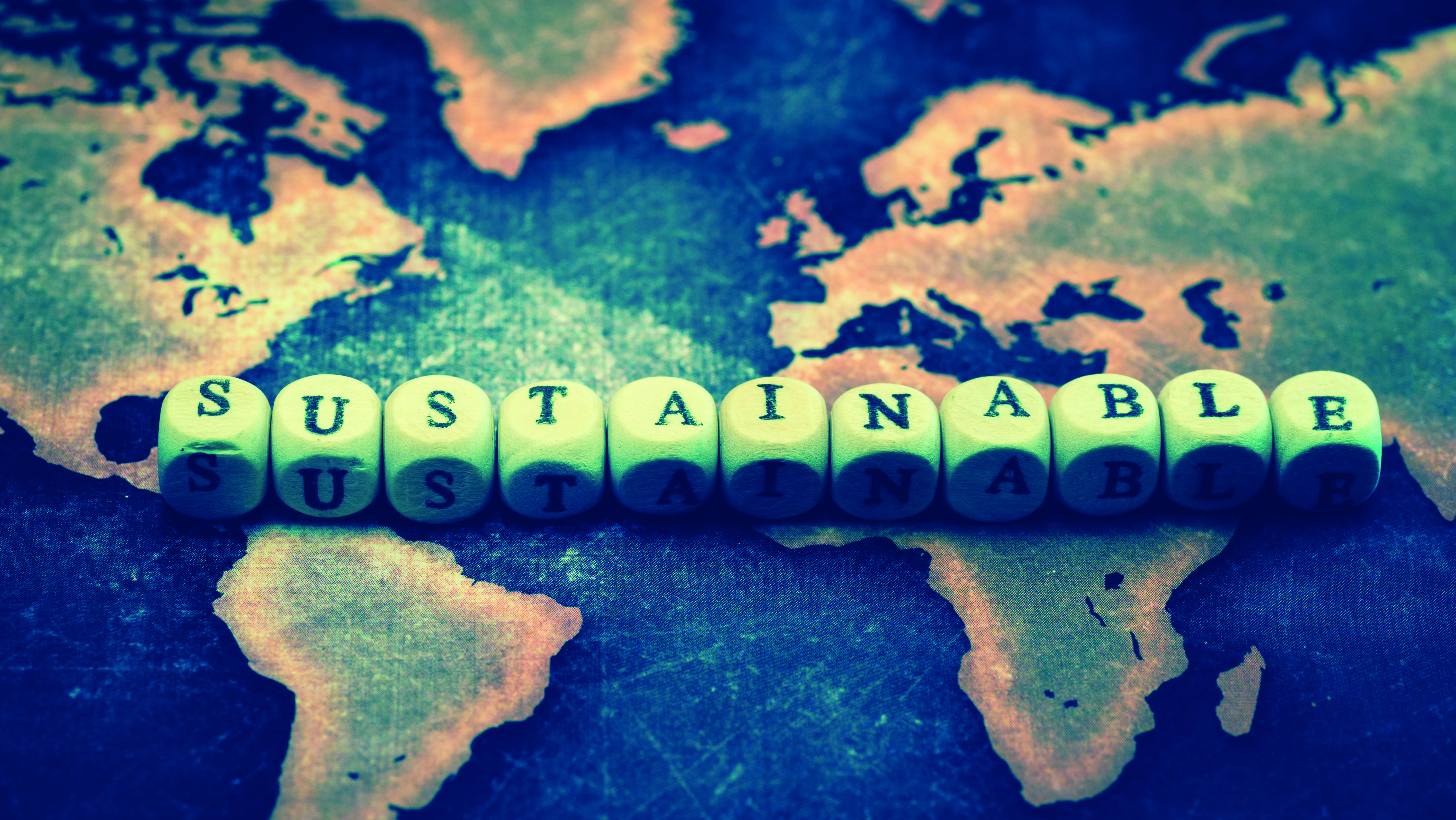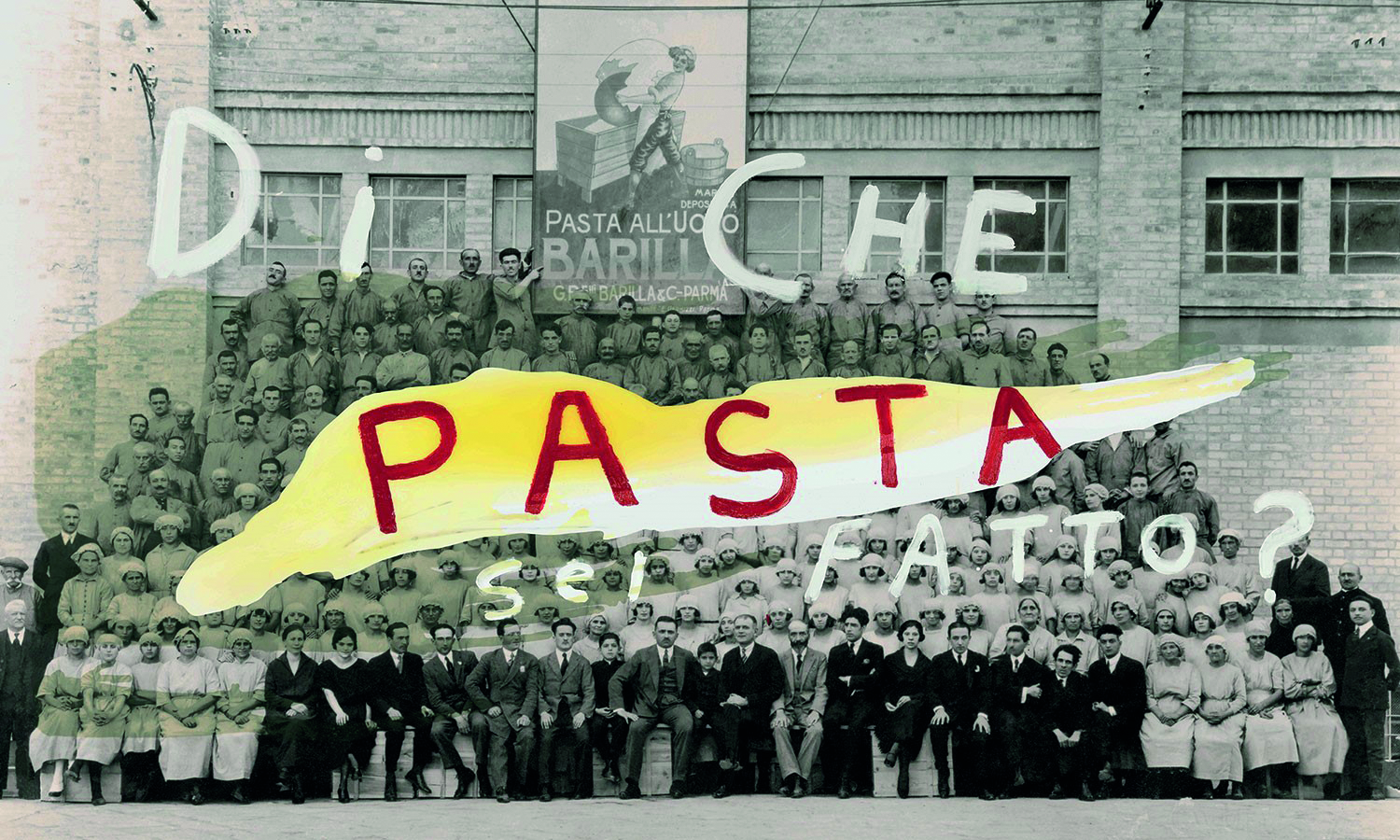Sustainable agri-food systems
Interview with Marta Antonelli, expert in sustainable food systems and coordinator of the EU project LIFE Climate Smarts Chefs
Dr. Antonelli, what is an agri-food system?
According to the European Environment Agency (EEA) an agri- food system includes materials, processes, infrastructure and operators related to agriculture, together with the sales, transport and consumption of food.
At the center of any agri-food system lies our diet, nutrition, the very reason why the system itself exists: food. It is a complex network, that involves various actors and processes, and in which different cultural, economic, political and institutional contexts must interact. Every agri-food systems should have the same objectives: to produce a sufficient amount of food and to maintain the level of quality. In the transition toward more sustainable systems we need to look at agriculture and farming from different perspectives, and to analyze their use and consumption of natural resources (water, soil, energy). Every agri-food system requires resources and produces emissions, waste, biodiversity loss, and water scarcity. To give you a dimension, one third of the greenhouse gas emissions produced by human activities comes from the food system. We dedicate 70% of the water to irrigation, and a third of the food we produce either remains in the fields (because it is not worth collecting it) or it is wasted in our homes, commerce and restaurants.
Agri-food systems have different scopes (urban, regional, national etc.) and different characteristics due to their political and geographical contexts. Which of them will be facing the greatest challenges in the next future?
The greatest challenges are experienced by the urban agri- food system. The city is the so-called “geographical unit” where the future of the food systems – and of the people who inhabit the planet – will be played out. Today, more than half of the world population lives in cities; in 2050, barring unexpected developments, this will reach 70%. Cities consume between 70% and 80% of the food that is produced worldwide. They are the places where the greenhouse gas emissions derived to the food system are most concentrated, and this important fact should be kept in mind while defining decarbonization policies. The city is also an interesting geographical unit for the study of behavioral aspects related to both food consumption and the impact of our choices on health. Life in urban contexts often does not facilitate food choices consistent with the concept of a healthy and/or sustainable diet. In fact, type 2 diabetes is often called “urban diabetes”, because 70% of people affected by the disease live in cities.
During the pandemic the consumption of organic and/or healthy food increased. People were at home and made more careful choices. Now that – at least in Italy – everyone is back in the office, we are going back to previous eating habits. There is one aspect that concerns the act of choosing what to eat that really struck me. Can you describe it?
Food is much more present in our everyday lives than we think. Not only because we eat at least three times a day, but also because food involves about 200 of our daily decisions. In 2007 a study by the Cornell University (USA) monitored how many food-related decisions we take daily. Participants first declared 10 to 15 decisions, but when they were asked to think about what, when, how much, at what price, where, with whom they had food, this number rose to over 200 decisions per day, 60 of which were related to what type of food they wanted to eat. It is clearly difficult, therefore, for scientists to encourage more sustainable diets and to nudge us into healthier choices: not only are we unaware of how many decisions we make every day about our diet, but we also underestimate the external factors that influence our choices. For example, the use of small or large plates affects the amount of food we will eat. Moreover, the food industry has decreased the variety of foods and their local characteristics. Today, people from very different countries eat very similar things.
What about the Mediterranean diet, that is also recognized as an Intangible Cultural Heritage of Humanity by UNESCO?
Unfortunately, the Mediterranean diet, with its low environmental impact, is no longer adhered to in Italy. The Mediterranean diet has proven health benefits, for example, in the prevention of cardiovascular and neuro- degenerative diseases. It includes olive oil, vegetables but limits the amount of animal protein, especially meat. Actually, compared to 50 years ago, European people consume more than double the amount of meat and, in general, more animal proteins (poultry, fish) than they need. It is true that since 1995 the consumption of beef has decreased by 10%, but it remains at extremely high levels. We are abandoning healthy diets in favor of diets that are high in calories and rich in those nutrients that we should limit.
Food is connected to well-being but also to climate change. It seems that the challenge requires a complex set of skills.
The life expectancy in Europe is very high. However, the period of time in good health is, on average, 10 years less. Nutrition can help to prevent chronic non-communicable diseases such as diabetes, hypertension or cardiovascular diseases. Urgent policies and actions are needed. There must be a systemic approach on three factors: education and eating habit; agricultural production, and public health management.
It is now clear that economic and social conditions greatly affect people’s health and well-being: this is why scientists use the term syndemia. Climate change and malnutrition are strongly connected, and by malnutrition, I mean both undernutrition and overnutrition. These phenomena often coexist in the same country, within the same cities or even within the same families. No country is immune to these nutritional challenges. There is an
objective complexity in addressing interconnected issues within, for example, a municipality or a state. There is a lack of dedicated resources, budgets, and also, more simply, of the necessary professional skills. We need multidisciplinary teams made up of experts and researchers from different disciplines, who are able to think and work transversally. It is, again, a matter of systemic approach.
What is the more plausible scenario?
FAO says that in 2050, all things being equal, the world population will reach 10 billion and most will live, as mentioned, in cities. The demand for energy will increase with a corresponding increase in greenhouse gas emissions. A quarter of the population of OECD countries will be over 65 (current levels are 15% lower) and 40% will live in conditions of severe water stress. Without a serious mitigation plan, this will decrease, in 30 years, the world GDP of almost 20%. A fundamental aspect connected to this scenario is the increased demand for food, which FAO estimates at +60%. It is a dangerous scenario and, in many ways, it has already reached a tipping point. Food production cannot put additional pressure on natural resources. How much water, for example, would it take to irrigate, if we were to produce 60% more food? We do not have the possibility of increasing water consumption by 40% as needed.
We can increase it by 10% and to the detriment of the ecosystems. Again, the concept of diet intervenes: each type of food has different environmental impacts. There is no indicator that focuses on all the various aspects, but if we consider the CO2 equivalent emissions, we can see that protein of animal origin has the greatest impact (especially when from ruminants). The water footprint of an Italian is 6,300 liters of water per day, almost 90% of which is linked to the consumption of food.
For years we have been exposed to “eat better” messages, but according to what you are telling us – it doesn’t seem the messages have reached their goal. Should we have worked on “eat less” and, above all, on “minimize waste”. What is the situation in Europe? What kind of actions can we hope for?
All EU countries have adopted nutrition guidelines, but only a few of them integrate the concept of sustainability. In Europe, the main challenge concerns food waste: 20% of the food produced in the EU, equal to 6% of total greenhouse gas emissions, is wasted. We are talking about 60 kg of food waste per capita, per year. The pandemic has also revealed, on the one hand, of a situation of severe food insecurity (think of children who did not go to school and, therefore, could not access the canteen, with significant impacts on nutrition) and, on the other, it highlighted the strong connections between well- being, health and nutrition. In such a scenario, we cannot limit ourselves to “communicating”: not everyone is able to correctly process the information that is conveyed and to adopt correct behaviors. We need to create the conditions for a healthy diet by proposing balanced menus and options wherever adults and children are asked to make those 200 daily choices we have mentioned. I mean school canteens, offices, but also sales channels and restaurants. Food contexts must make a correct food choice easy.
Otherwise, it is unlikely that we will reach a global scale. There is an important change of perspective that must be assimilated. There is no healthy or unhealthy meal: it is the concept of “diet” that we must convey, which develops over a longer period of time. Our choice of consumption is greatly influenced by lifestyles, education, food culture and also by communication and marketing, that greatly affect our choices. It is at this level that we must act. The LIFE Climate Smart Chef project goes precisely in this direction.
With respect to the objectives that Europe has set itself, for example decarbonization, as well as the percentage of land destined for organic farming etc., what are the most difficult obstacles to overcome?
Europe dedicates 47% of its land to agriculture, the main user of water. The EU is one of the largest food producers in the world – productivity per hectare has grown considerably especially in the second half of the twentieth century – thanks to the increase in monoculture, irrigation, improved machinery, but also the growing use of pesticides and fertilizers.
This intensification has allowed Europe to produce more food, but at huge environmental costs.
Producing in this way involves greater pressure on the environment: loss of biodiversity, contamination of the soil and water resources. We need to spread the culture of sustainability and make it mainstream – from the field to the table – and increase the awareness of the challenges to be faced in the near future. We need to invest in specific training dedicated to climate adaptation, sustainable management of resources, and the reduction of waste. The policy that will try to address all these issues is Farm to Fork. My hope is that we will work in a systemic and strategic way. We cannot limit ourselves to reacting to crises, as if we were unable to predict and to prevent. There are new norms to be addressed. The agri-food sector must be aware of these and be able to produce suitable products for which we will be able increase public awareness.
Let me “steal” my final question from the title of a famous book: “Can we save the planet at breakfast?”
Food is the most powerful lever we can use to build a sustainable future. Often, people who are sensitive to this issue are also sensitive to many other aspects of life. If we think of food consumption as the expression of a conscious citizenship, then we realize how much it affects many other social aspects especially health and public well-being. And yes, it makes the difference.
Subscribe to the magazine to read the full article







